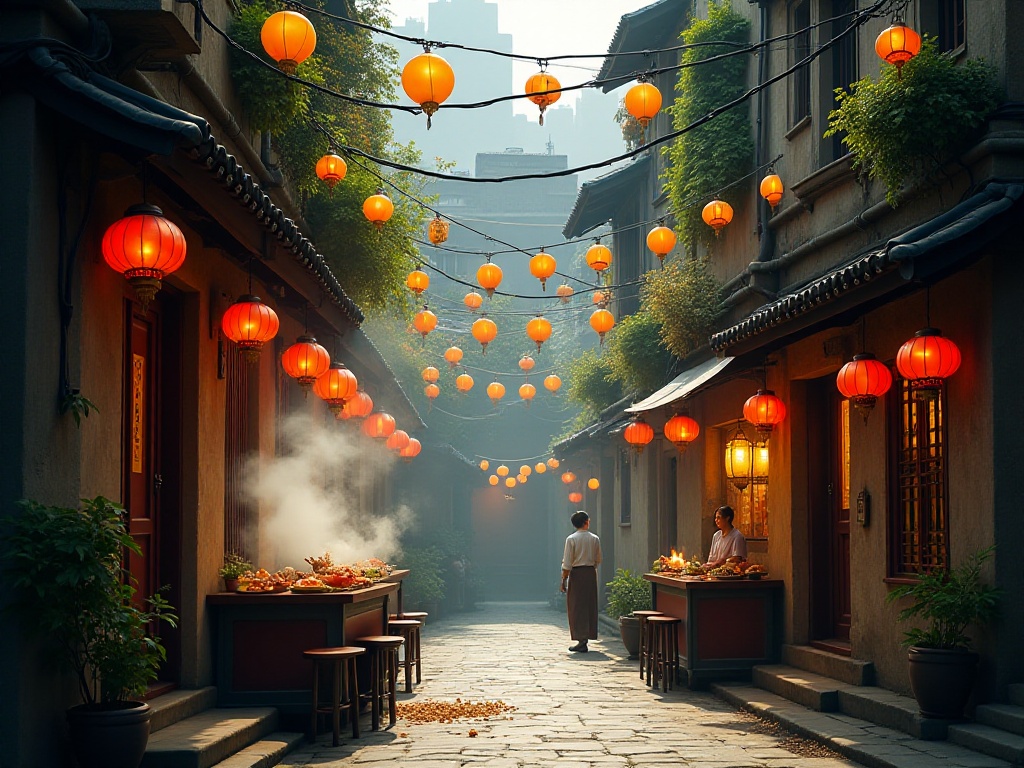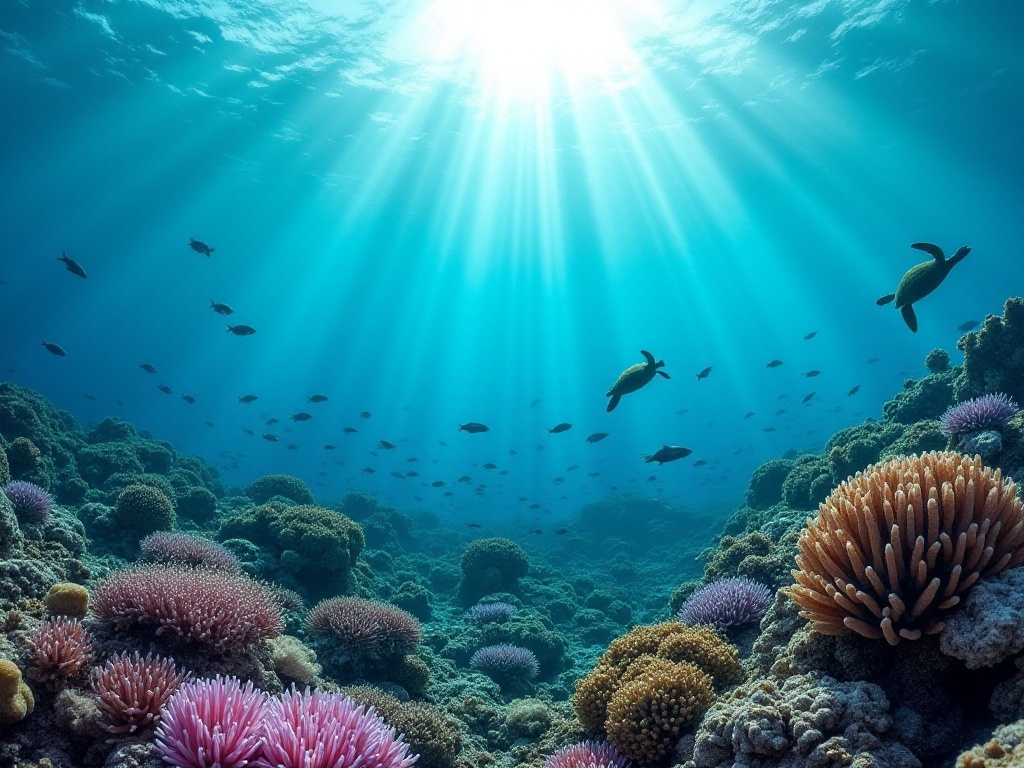
Introduction
To be honest, as a novice travel blogger, I often felt confused. Seeing top influencers' posts getting tens of thousands of likes while my carefully crafted travel journals barely received any interaction was quite disheartening. But don't worry - after 15 years of hands-on experience, I've developed a complete content creation methodology that I'd like to share with you today.
Content Formats
Travel content creation has become incredibly diverse! It's no longer just about writing travel journals and posting some photos. Looking at World Travel Guide's content, they've really explored every possible media format.
Their destination guides are especially thoughtful. Take Bali for example - instead of simply listing attractions, they design routes based on different travel scenarios. For surfers, they recommend Kuta Beach; for volcano enthusiasts, they guide you to Mount Agung; for those seeking spa treatments, they point you to the most authentic wellness centers in Ubud. Each scenario comes with detailed transportation advice, time planning, and even precise tipping recommendations.
They're also great at innovative content. I particularly love their "Travel Personality Test," which helps you find your ideal travel style through a series of interesting questions. For instance, do you prefer treasure hunting in small shops or shopping at luxury stores? Would you rather stay in a cozy guesthouse or a luxurious resort? Based on your answers, they recommend the most suitable destinations and itineraries.
When I was recently creating content in Kyoto, I studied how experts write transportation guides. I discovered that professionals don't simply say "take JR here and transfer to the subway there." They design routes based on different travelers' needs.
For budget-conscious students, they focus on day passes and three-day passes, explaining where to buy them at the best price and how to use them most efficiently. For time-pressed business travelers, they detail private car services, including booking methods, price ranges, and even analysis of service differences between companies. For backpackers seeking authentic experiences, they recommend local bus routes and point out unique shops near various stops.
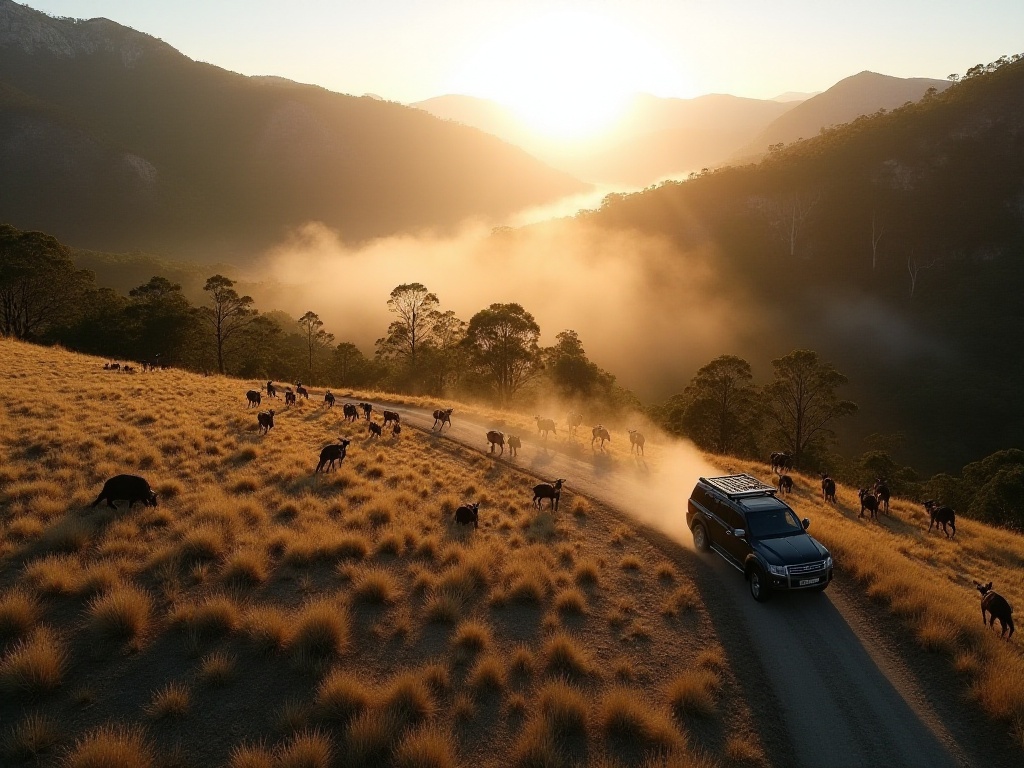
Platform Selection
When it comes to content platforms, there are so many choices now. When I first started, everyone was using blogs, and content was just text and photos. Now it's different - short videos, live streaming, podcasts, various formats take turns, making content creation more interesting.
I've been particularly impressed by TVNZ+'s travel shows lately. Their content about New South Wales' inland river region is absolutely outstanding! Instead of just filming scenery, they turn the entire journey into a series of compelling stories.
For instance, they followed a local vineyard owner. The camera didn't just capture the beautiful vineyard scenery, but also recorded early morning grape harvesting scenes, the winemaker's meticulous grape selection process, and even detailed wine tasting moments. Through these details, viewers don't just see beautiful scenery but also experience the rich local wine culture.
They were also creative in filming the Victorian Highlands. They edited the entire hiking journey into exciting segments, featuring both magnificent natural landscapes and interesting wildlife close-ups, interspersed with fascinating stories from local guides. Through this approach, viewers aren't just watching scenery but feel like they're adventuring alongside the production team.
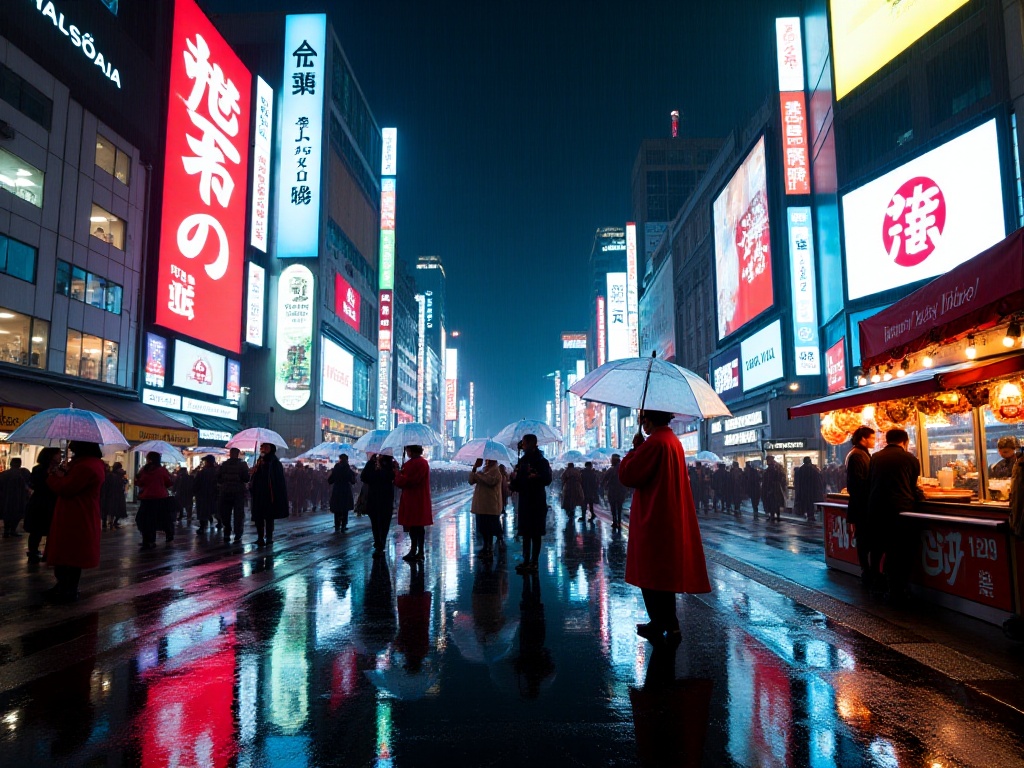
Content Dimensions
These days, just covering attractions is far from enough in travel content. Good travel content must include several important dimensions, each executed to perfection.
Let's start with practical information. I particularly admire Lonely Planet's Nepal trekking guide - their content is extremely practical. Instead of simply saying "bring trekking poles and a windbreaker," they provide equipment recommendations at different price points and even list specific addresses and prices for equipment rental shops.
Their weather coverage is also very detailed. Rather than just saying "certain months are good for trekking," they list detailed temperature changes and precipitation probabilities for each month, and even sunrise and sunset times. This information is crucial for trek planning.
Regarding altitude sickness, their advice is particularly professional. They tell you what medicines to prepare before leaving Kathmandu, how to handle discomfort during the journey, and even mark the locations of medical points along the route. This kind of detailed content is a lifesaver for first-time Nepal trekkers.
Cultural experiences are also now an essential component of travel content. When I was filming in the Greek islands last year, I particularly focused on this aspect. It wasn't just about capturing the beautiful blue-domed churches, but also exploring the cultural significance behind them.
For example, in Santorini, I dedicated an episode to local olive oil culture. I found a master craftsman who had been making olive oil for over forty years and learned the entire olive oil production process. From olive selection standards to temperature control during pressing, to storage considerations, every detail was captured perfectly.
This content received particularly good viewership, with many commenters saying it was their first time learning that olive oil had so many intricacies. This confirmed my belief that viewers don't just want to see beautiful scenery; they want to understand a place's cultural depth.
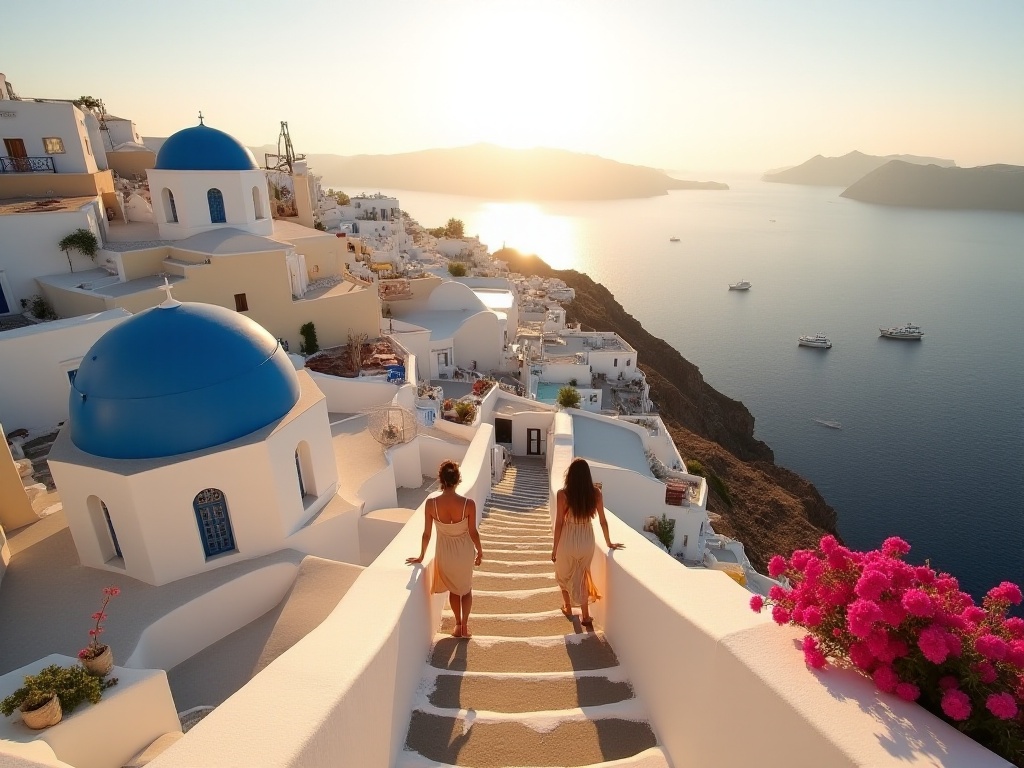
Creation Techniques
Regarding specific creation techniques, I believe having your own distinctive style is most important. There are so many people creating travel content now that without differentiation, it's easy to get lost in the ocean of content.
I particularly admire 9Now Travel Guide's Tokyo series. Instead of following the mainstream path of filming anime in Akihabara or kimono-wearing in Sensoji Temple, they chose a different approach.
They delved into Tokyo's late-night eateries, documenting small shops still operating at 3 AM, interviewing office workers seeking late-night meals, showing a completely different Tokyo from its daytime appearance. They also visited traditional craft workshops, recording masters making wagashi sweets and watchmakers repairing antique timepieces, showcasing Tokyo's craftsman spirit.
This differentiated content is particularly popular. People are tired of seeing tourist attractions and are more interested in this down-to-earth content. Through these stories, viewers see a more authentic, three-dimensional Tokyo.
Content diversity is also important. Take World Travel Guide for example - their content coverage is extremely broad. Whether you want to go sightseeing in cities, relax on beaches, or go skiing, you can find relevant content on their platform.
Their airport guides are particularly well-done. Rather than simply telling you how to navigate terminals, they detail lounge locations, recommend good restaurants, point out bargain duty-free shops, and even calculate precise transfer times between different terminals.
Their cruise port guides are also professional. They explain the characteristics of different cruise lines, scenic differences between routes, and even plan shore excursion times very reasonably. This comprehensive content coverage allows different users to find the information they need.
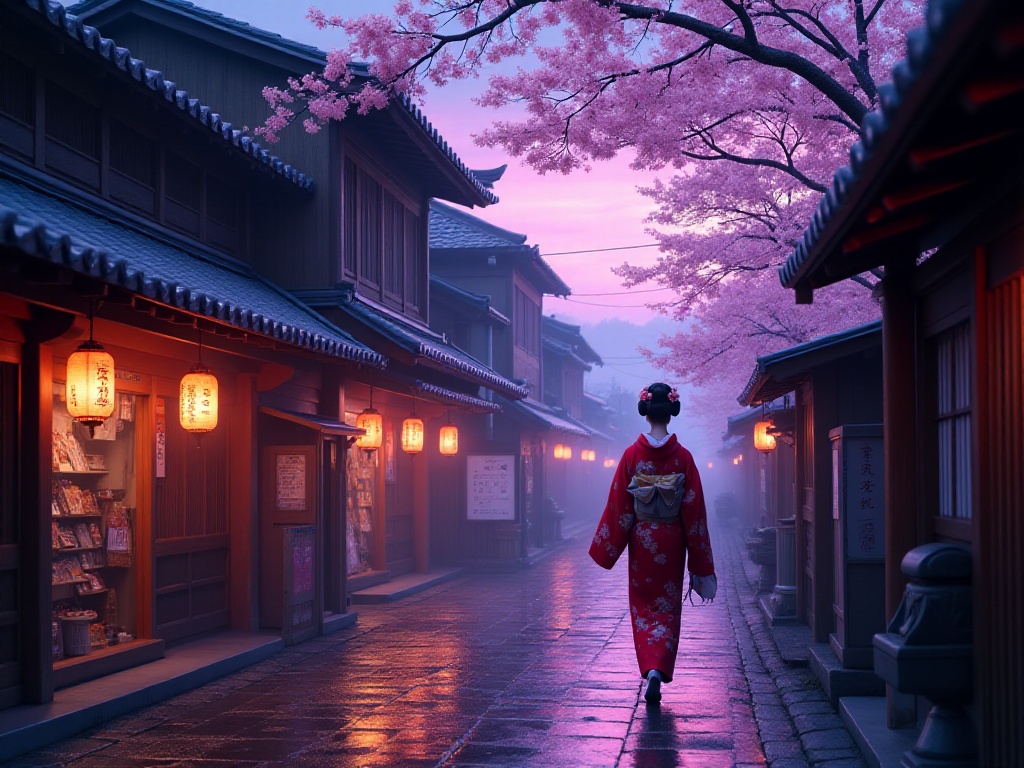
Conclusion
Creating good travel content isn't really difficult; the key is putting your heart into it. Every place has its unique story; the key is discovering and recording it with sincerity.
For instance, when I was filming in Cappadocia, Turkey, I discovered an interesting phenomenon. Local hot air balloon companies don't just take tourists to watch sunrises; they prepare special surprises for different holidays. They place thanksgiving cards in baskets during Thanksgiving, prepare seasonal decorations for Christmas, and even put up Spring Festival couplets during Chinese New Year. These small details are particularly touching and make the content more interesting.
Remember, our job isn't just to document attractions, but to convey the warmth of a place. Through our lens, we let viewers feel the human touch of different places - that's the true charm of travel content.
As a veteran travel blogger with 15 years of experience, I sincerely hope these experiences can help you. Everyone starts from zero; what's important is maintaining your creative original intention, continuously exploring and innovating. Believe that through constant accumulation and experimentation, you'll definitely find your own creative style.
Next
From Paper Guides to Digital: Exploring the Evolution and Future Trends of Global Travel Guides
Comprehensive analysis of diverse travel guide resources, covering traditional publications like Lonely Planet, online travel platforms, TV travel shows, and digital travel content, providing readers with various channels to access travel information
Discovering the Beauty in Details: Why Are Professional Travel Guides Being Replaced by Personal Travel Experiences?
An in-depth exploration of modern travel guide formats across various media, covering both audiovisual and digital platforms, analyzing their content features, coverage scope, and presentation styles to provide comprehensive travel information
My First Solo Trip Around China: How to Plan a Spontaneous Journey Using Artificial Intelligence
An in-depth analysis of modern travel guide trends, covering AI-assisted planning, social sharing platforms, and digital destination management, exploring the transformation of tourism services towards intelligence and personalization
Next
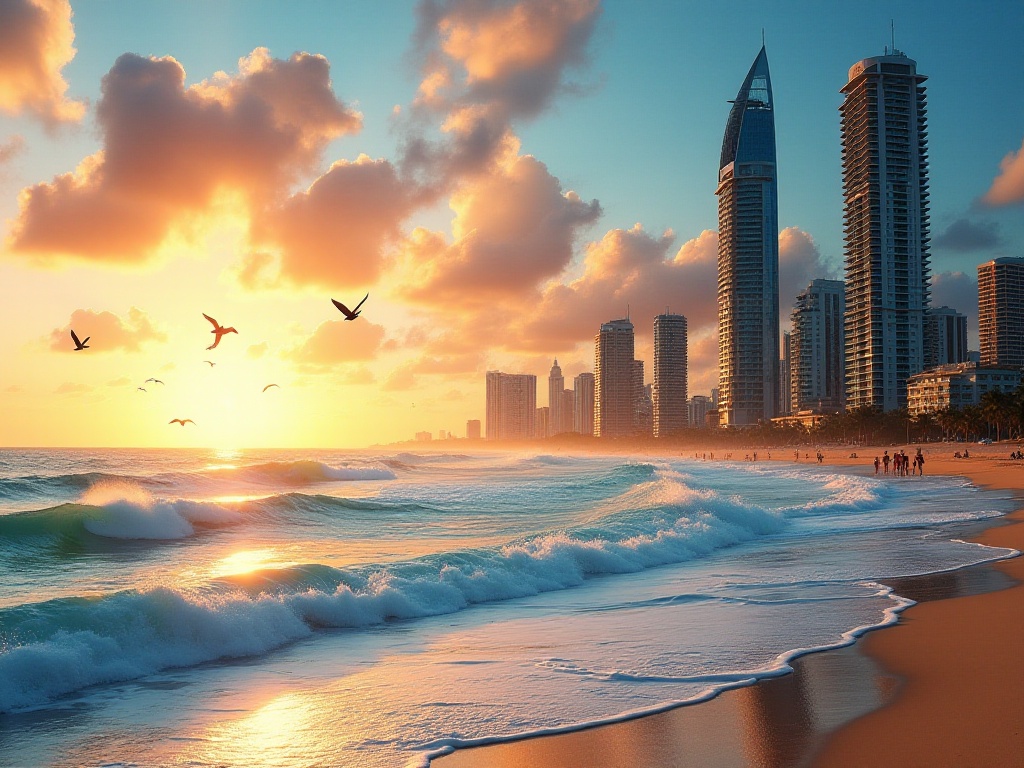
From Paper Guides to Digital: Exploring the Evolution and Future Trends of Global Travel Guides
Comprehensive analysis of diverse travel guide resources, covering traditional publications like Lonely Planet, online travel platforms, TV travel shows, and digital travel content, providing readers with various channels to access travel information
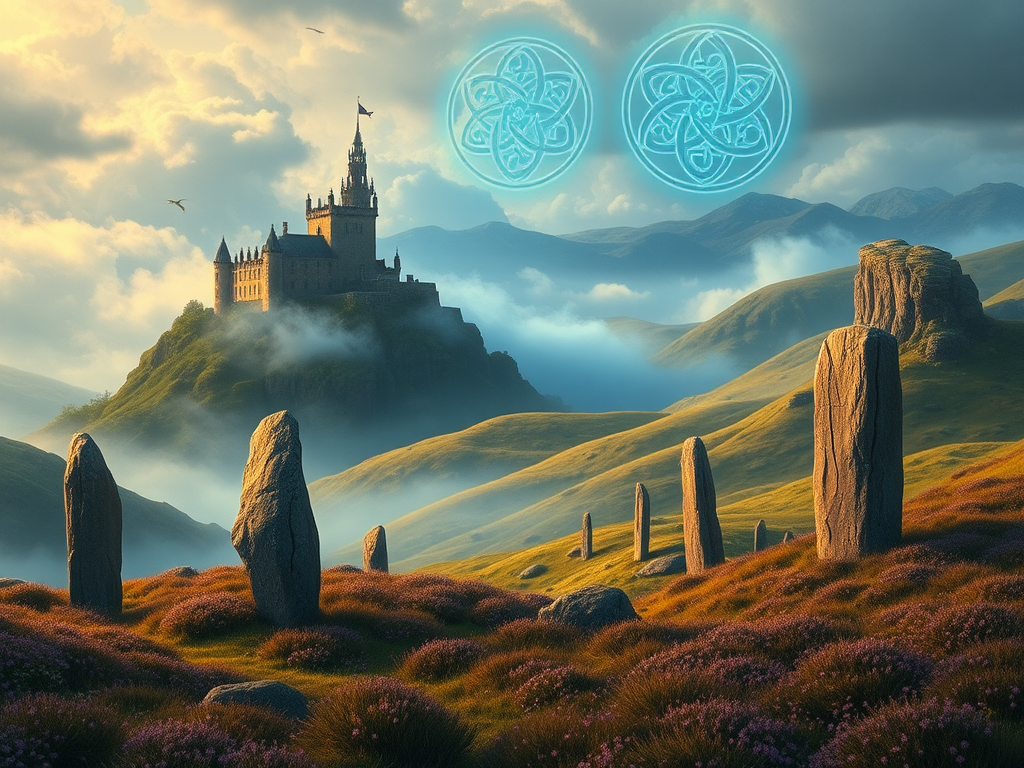
Discovering the Beauty in Details: Why Are Professional Travel Guides Being Replaced by Personal Travel Experiences?
An in-depth exploration of modern travel guide formats across various media, covering both audiovisual and digital platforms, analyzing their content features, coverage scope, and presentation styles to provide comprehensive travel information

My First Solo Trip Around China: How to Plan a Spontaneous Journey Using Artificial Intelligence
An in-depth analysis of modern travel guide trends, covering AI-assisted planning, social sharing platforms, and digital destination management, exploring the transformation of tourism services towards intelligence and personalization

